Top 10 Interesting Facts about Artemis
The goddess of the hunt and the outdoors in Ancient Greece was called Artemis. She was the daughter of Zeus and Leto in Greek mythology. Because she assisted ... read more...in the birth of her twin brother Apollo shortly after she was born, Artemis gained a reputation as a goddess of childbirth and midwifery. One of the most highly regarded goddesses in Ancient Greece was Artemis. Discover more about this Greek goddess, by reading these ten interesting facts about Artemis.
-
Artemis is the goddess of the hunt, the wilderness, wild animals, nature, vegetation, childbirth, raising children, and virginity in ancient Greek mythology and religion. She was recognized as one of the most significant lunar goddesses in mythology, along with the aforementioned two, because of her strong affinities with Selene, the Moon, and Hecate, another moon goddess.
Her early years were primarily spent exploring the jungle. She frequently prowled the Greek forests, accompanied by a sizable group of nymphs, mortals, and hunters. She is seen as the Goddess of the hunt and the wilderness, and a "big mother of nature."
Being associated with the moon was another significant relationship. In contrast to during the day, hunting was primarily conducted at night, necessitating moonlight. She would provide light for everybody and be revered as the moon goddess.
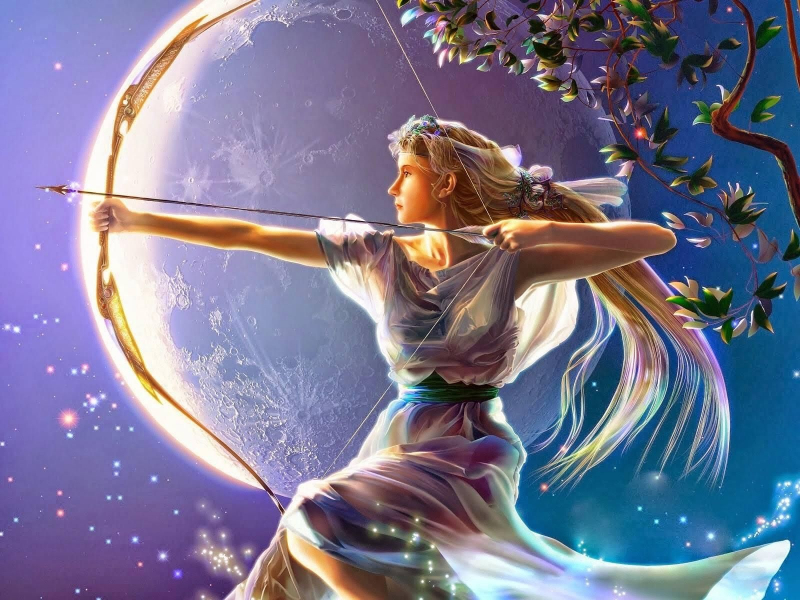
Photo: Pinterest 
Photo: pinterest -
Pregnancy and childbirth were common and significant occurrences in Ancient Greek religion. That is why it was connected to a number of goddesses, including Artemis.
Zeus, the ruler of the gods, and the Titaness Leto had a daughter named Artemis. Additionally, she was Apollo's twin sister. Leto was cursed by Hera, Zeus' sister-wife, to never find solid ground or an island on earth to give birth to her children after Zeus impregnated her. Leto, who was in extreme pain and in labor, searched all of Greece for a spot to give birth before coming across the barren, floating island of Delos.
According to myth, Zeus was responsible for bringing Delos out of the water so that Leto could find a location to give birth to her children Artemis and Apollo. Artemis' birth was peaceful, but Apollo's was difficult and perilous since Hera had already abducted Eileithyia, the goddess of childbirth, at that point. Since Artemis was born first, she acted as a midwife and helped her mother deliver Apollo in the absence of Eileithyia. Because of this narrative, Artemis, along with Eileithyia, was revered as one of the main gods of childbirth and midwifery.

Photo: deviantart 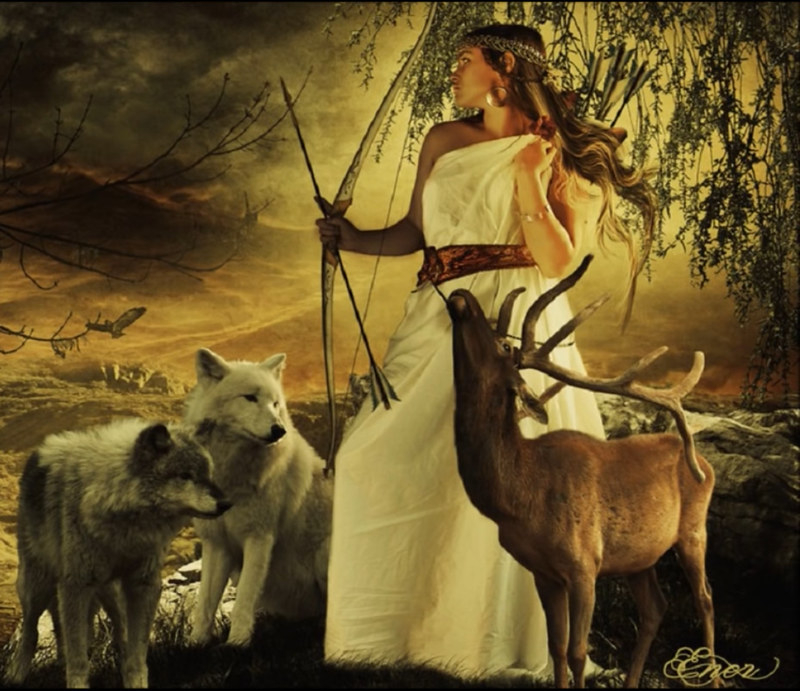
Photo: occult-world -
One of the interesting facts about Artemis is she belonged to Twelve Olympians who resided on Mount Olympus. The Twelve Olympians were revered as the main Greek gods by the populace. They belonged to the third or fourth generation of Greek religion's immortal creatures. Through a ten-year period of intense conflict known as the Titanomachy, the Olympians rose to become the top gods of the universe.
Zeus was the one who took charge of his siblings and won over the Titans, the time's reigning deities. There were numerous people who lived on Mount Olympus, but just twelve were considered to be the most significant.
These twelve Olympians were the primary offspring of Zeus and the Titans, Cronus, and Rhea. They were Hestia or Dionysus, Zeus, Hera, Poseidon, Demeter, Athena, Apollo, Artemis, Ares, Hephaestus, Aphrodite, Hermes, and Athena. As the Goddess of the hunt and the wilderness and the daughter of Zeus, Artemis had secured her place among the twelve Olympian Gods.
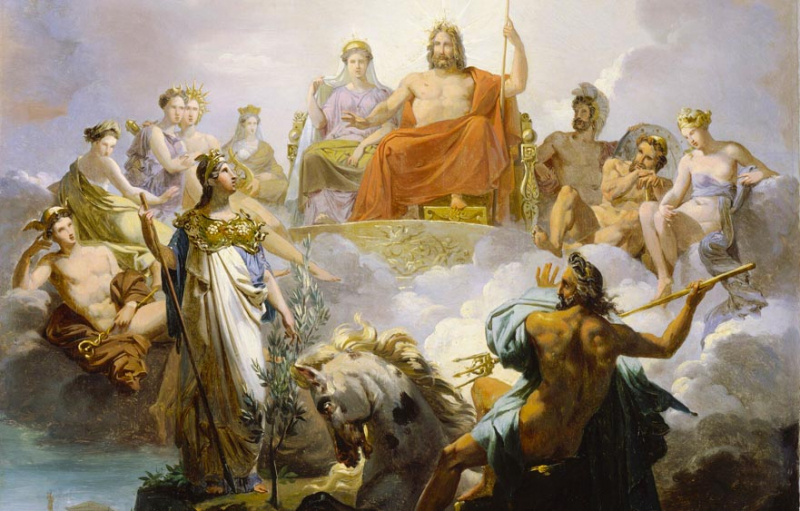
Photo: memolands 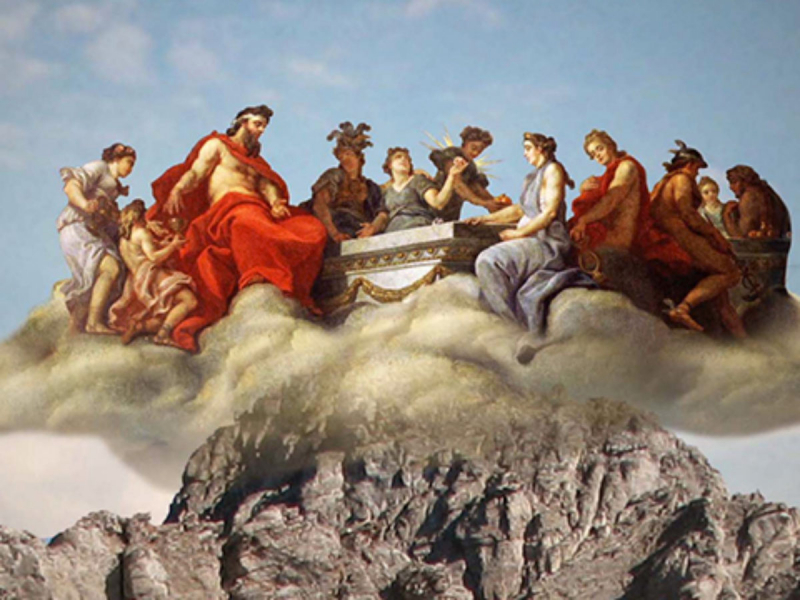
Photo: philnews -
The goddesses, who never wed or had any children, are represented by virgin goddesses or maiden goddesses. Artemis, Athena, and Hestia were three prominent virgin Greek deities.
Being the goddess of virginity may conflict with Artemis's status as a goddess of motherhood. Artemis' principal function as a huntress is implied by the notion that she is a virgin goddess.
Ancient Greek hunters and huntresses thought that having sex beforehand might deter possible prey. This prompted them to practice ceremonial purity during the hunt by refraining from engaging in sensuality. Since virginity was a requirement for marriage, Artemis served as the ideal idol for virginity.
Artemis's association with virginity extends beyond chastity and asexuality. But it also represents her iron-like resolve, pride, maturity, power, and independence, qualities that are comparable to those of masculine deities. Before Orion arrived, Artemis had never been in love. But she retained her innocence and never let it go to him. Many gods and men were interested in and paying attention to her. But they continued to serve only as her hunting partners.
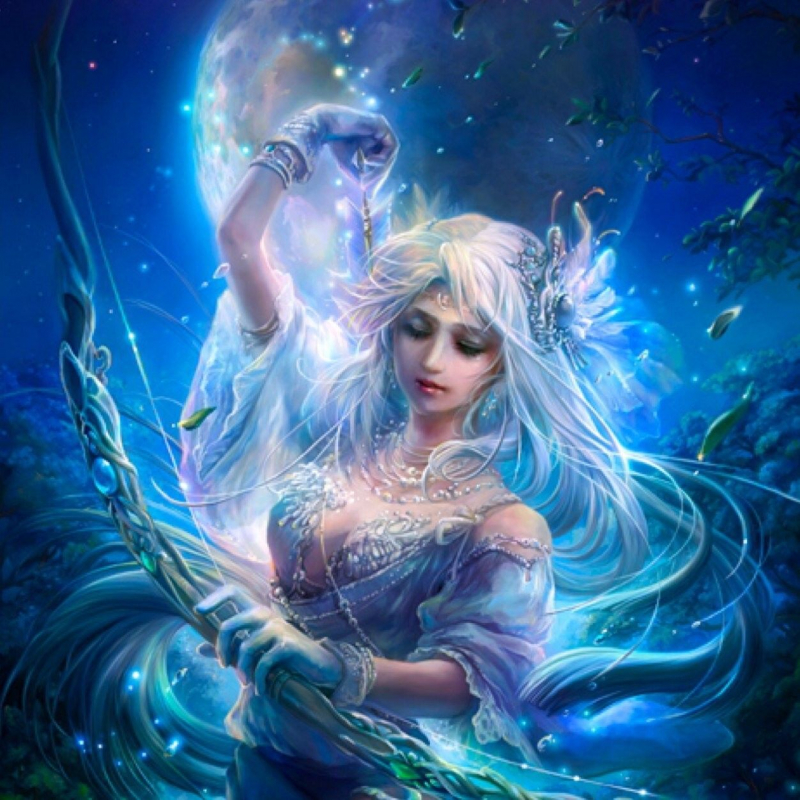
Photo: pinterest 
Photo: 3 virgin goddesses - pinterest -
In Ancient Greece, the Goddess Artemis was highly regarded and honored. At the Temple of Artemis in Ephesus, where she was shown as the multi-breasted Lady of Ephesus, Artemis was worshiped.
Artemision was another name for the Temple of Artemis. Additionally, because of frequent attacks, it underwent rebuilding twice. One of the interesting facts about Artemis is the Temple of Artemis was regarded as one of the Seven Wonders of the Ancient World when it was completed. The Great Pyramid of Giza, the Temple of Artemis at Ephesus, the Hanging Gardens of Babylon, the Statue of Zeus at Olympia, the Colossus of Rhodes Mausoleum at Halicarnassus, and the Lighthouse of Alexandria are referred to as the Seven Wonders of the Ancient World.
The Bronze Age is referred to as having produced the first or earliest iteration of the temple. The temple was devastated by a flood in the 7th century BCE, and it took ten years to rebuild it. Once more, the temple was destroyed by an unidentified assailant in 356 BC, and repair work began in 323 BCE. After that, restoration took many centuries. The Ephesus Temple of Artemis was named one of The Seven Wonders of the Ancient World during the second iteration.

Photo: dailymotion 
Photo: wikipedia -
Ancient Greece celebrated Artemis with a number of festivals, such as Elaphebolia, Mounikhia, and Brauronia. Elaphebolia, which honored Artemis Elaphebolos, was celebrated in Athens and Phocis (deer slayer). On the sixteenth (full moon time) of the Mounichion (spring) month of the Attic calendar, Mounichia was celebrated in Athens. However, Brauronia, which was celebrated in the Attic city of Brauron, was the most significant celebration related to Artemis.
Brauronia was once observed every four years, but later it was becoming a yearly occasion. Girls between the ages of five and ten who had been assigned to serve the Goddess for a year at the sanctuary of Artemis in Brauron made up the majority of the festival attendees. Greek legend claims that a bear used to frequent the village of Brauron and eventually killed a girl after being taunted. After that, the bear was slain by the girl's brothers, which infuriated Artemis. In order to please her and atone for the bear's murder, the Greek goddess required young ladies to "play the bear." The young girls were therefore referred to as "little she-bears" during their time in service, and dressed in saffron robes to represent bear hide. To honor the goddess, participants also performed a dance known as arkteia, which mostly included solemn steps meant to resemble a bear's gait.
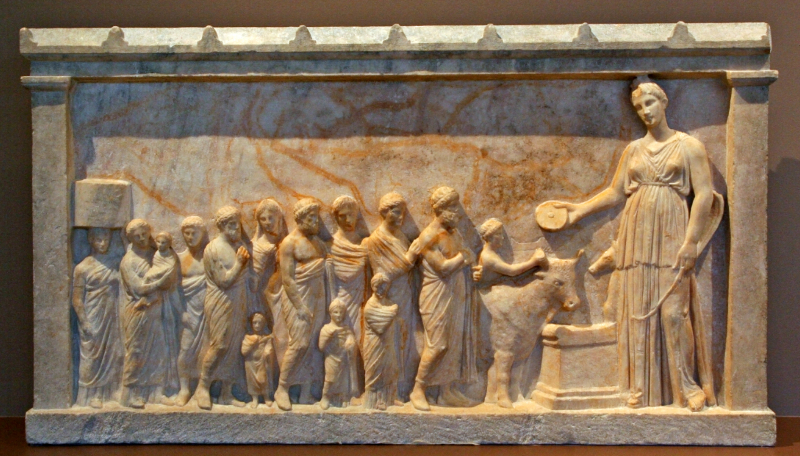
Photo: novoscriptorium 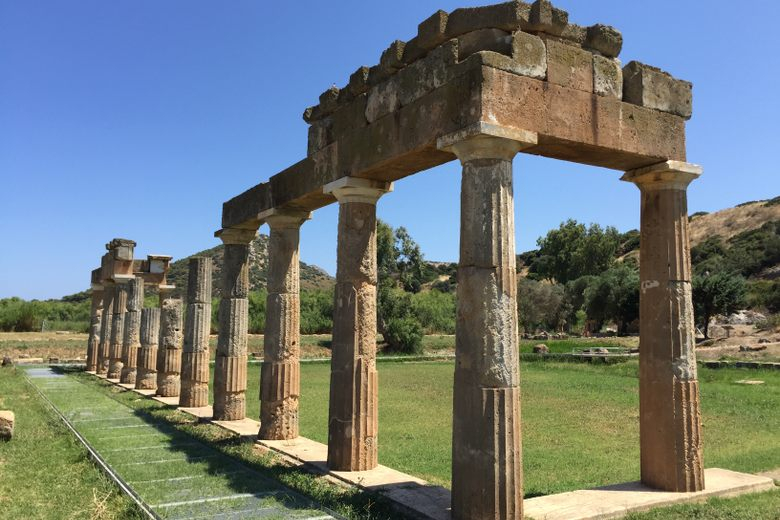
Photo: atlasobscura -
In the Iliad of Homer, the Trojan War was also somewhat influenced by Artemis. As "the archer goddess," she participated in the conflict in a modest way. When Aeneas was hurt by Diomedes during the battle, she backed the Trojans and treated him.
When Artemis punished Agamemnon during the Trojan War, it was a significant moment for her as a participant in the conflict. One of her sacred animals had been murdered by Agamemnon. Additionally, he bragged about being a better hunter than the Goddess.
When the war was about to start, Artemis became enraged over these events and calmed the wind. Agamemnon was instructed by the seer Calchas to sacrifice his daughter Iphigenia in order to please Artemis.
As a result, Agamemnon sacrificed his daughter, but Artemis felt sorry for Iphigenia. Iphigenia was swapped out for a deer as a sacrifice by Artemis. At her sanctuary in Tauris, she appointed Iphigenia as a priestess.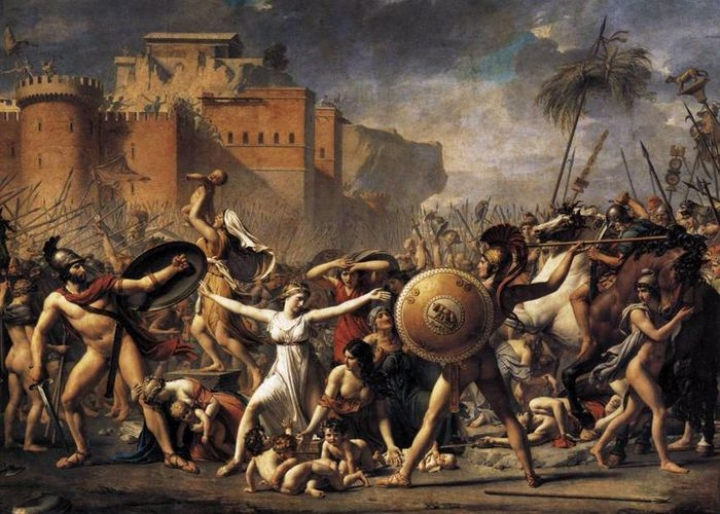
Photo: greeking.me 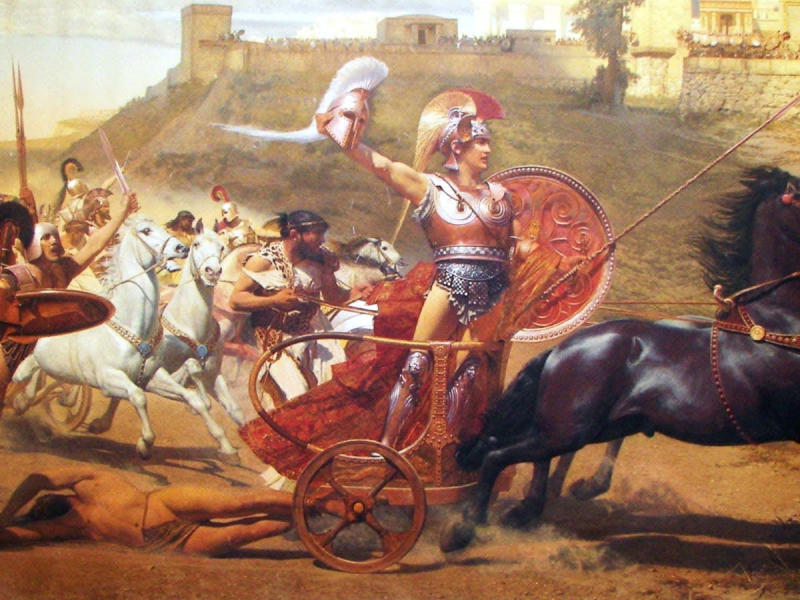
Photo: history -
Diana is regarded as the moon, the countryside, hunters, and crossroads in Roman mythology. She was a supporter of hunters and was initially connected to the wilderness. She was regarded as a virgin goddess of fertility, childbirth, and maternal protection who was also worshiped.
According to the Roman poet Nemesianus, Diana often wore a short tunic and was followed by a deer. She also had a bow and a quiver full of golden arrows. According to Roman mythology, Diana was also the child of Jupiter, the ruler of the Roman Gods, and his mistress Latona. She and her twin brother Apollo were both born on the island of Delos. By the third century CE, Diana had been completely merged with Artemis because of the significant influence of Greek culture on Roman religion and the fact that she shared many characteristics with Artemis.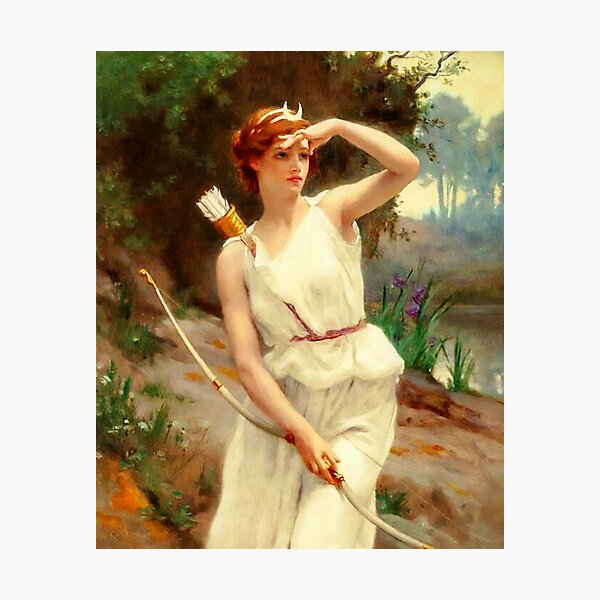
Photo: Diana- redbubble 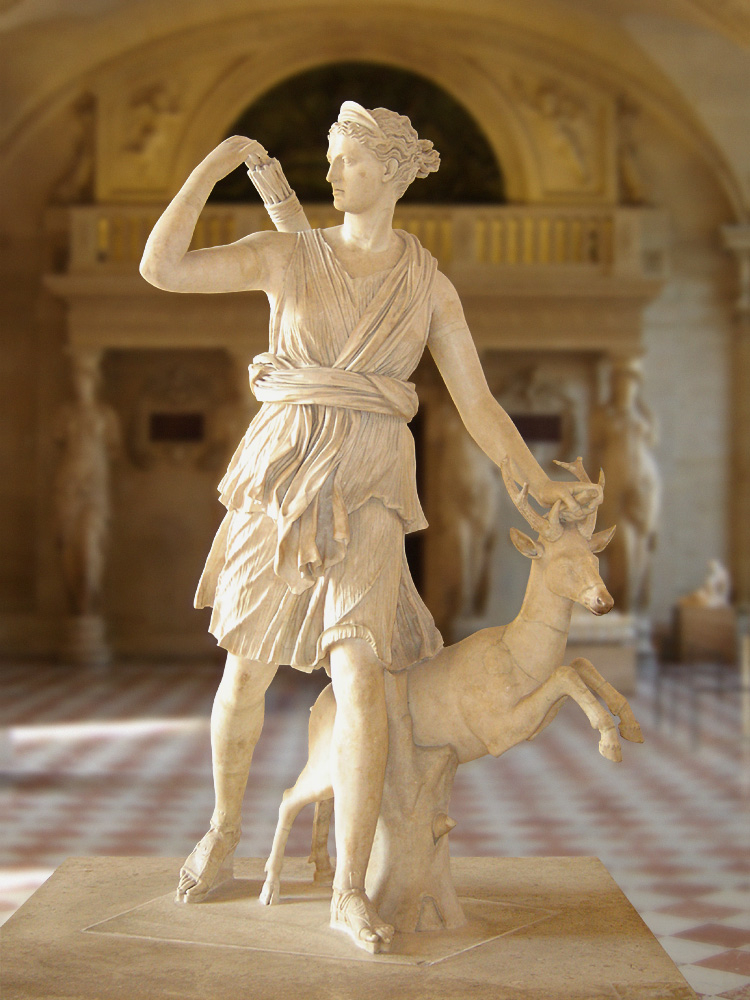
Photo: Diana - commons.mtholyoke -
In Greek mythology, Artemis was usually escorted by the enormous Ceryneian Hind. Although it was a female, it possessed shining, golden antlers that resembled those of a male, as well as bronze or brass hooves. Due to their golden antlers, the Ceryneian Hind is also frequently called the Golden Hind. The beast, according to many Greek myths, could outrun a flying arrow.
The Golden Hind served as a representation of Artemis' chastity and was revered as sacrosanct. According to folklore, Artemis fell in love with the animal and revered its horns after witnessing a deer the size of a bull with gleaming antlers. Five Golden Hinds were said to have been captured by her. The fifth one accompanied her everywhere, and she hitched the other four to her chariot. The Ceryneian Hind is well-known for its connection to Artemis as well as the fact that Hercules' capture of it was one of his twelve labors. A deer frequently accompanied the goddess Diana, the Roman equivalent of Artemis, in works of ancient Roman art.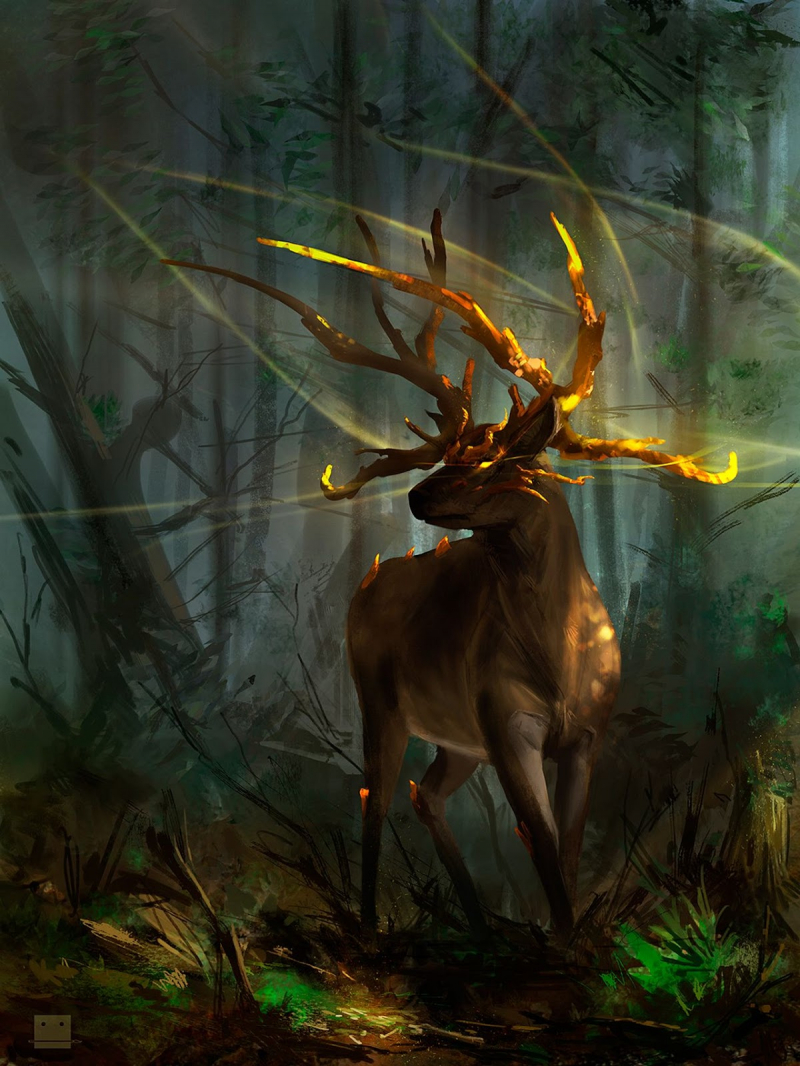
Photo: sofixanthi.blogspot 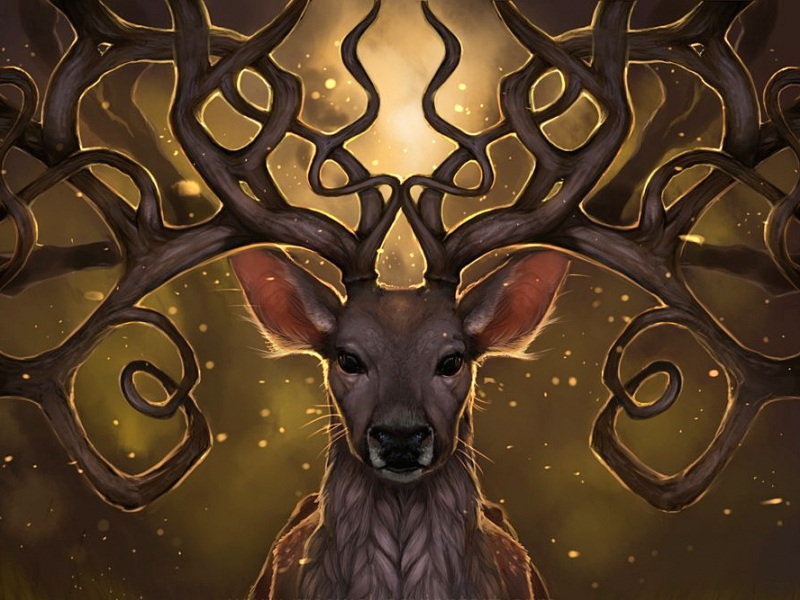
Photo: willowisps -
Classical Greek artwork and statues frequently depict Artemis. The goddess is still seen as a pioneer in environmental education and a wildlife protector in popular culture. Many of Artemis' devoted religious places were made into refuges and sanctuaries where it was forbidden to hunt or kill wild animals because the goddess was associated with the natural world. Hercules and the Caledonian Boar, an episode of the popular Disney television series Hercules, featured her. She is portrayed in it as a goddess who chooses Hercules to guard the Caledonian Boars after being moved by his compassion for the boars.
James Craig Watson, a Canadian-American astronomer, found and named the main-belt asteroid Artemis on September 16, 1868, this is one of the interesting facts about Artemis. The goal of the current crewed spaceflight program is to land "the first woman and the next man" at the lunar South Pole region by 2024. This effort is primarily being carried out by NASA, the European Space Agency (ESA), and the Japan Aerospace Exploration Agency (JAXA). The goddess of the moon Artemis inspired the name of this crewed spaceflight program.
Photo: Nasa 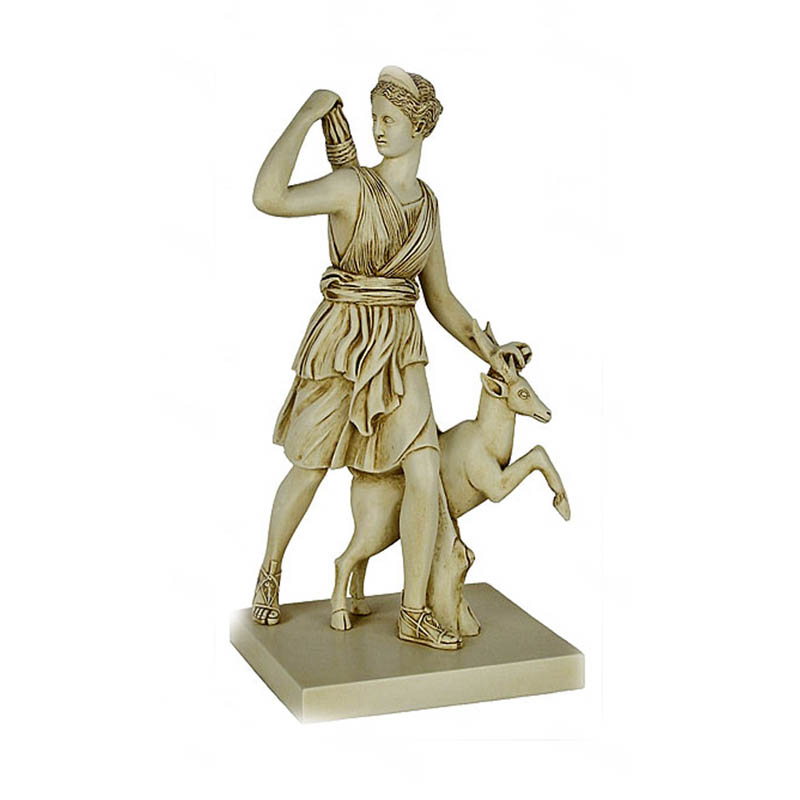
Photo: tourchauau































